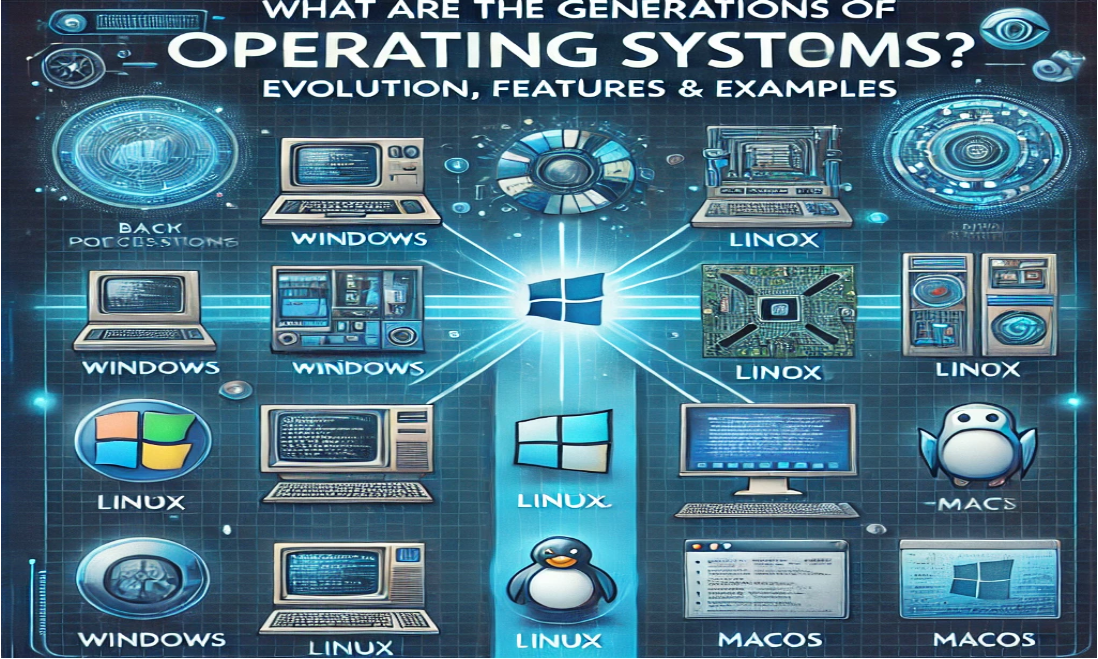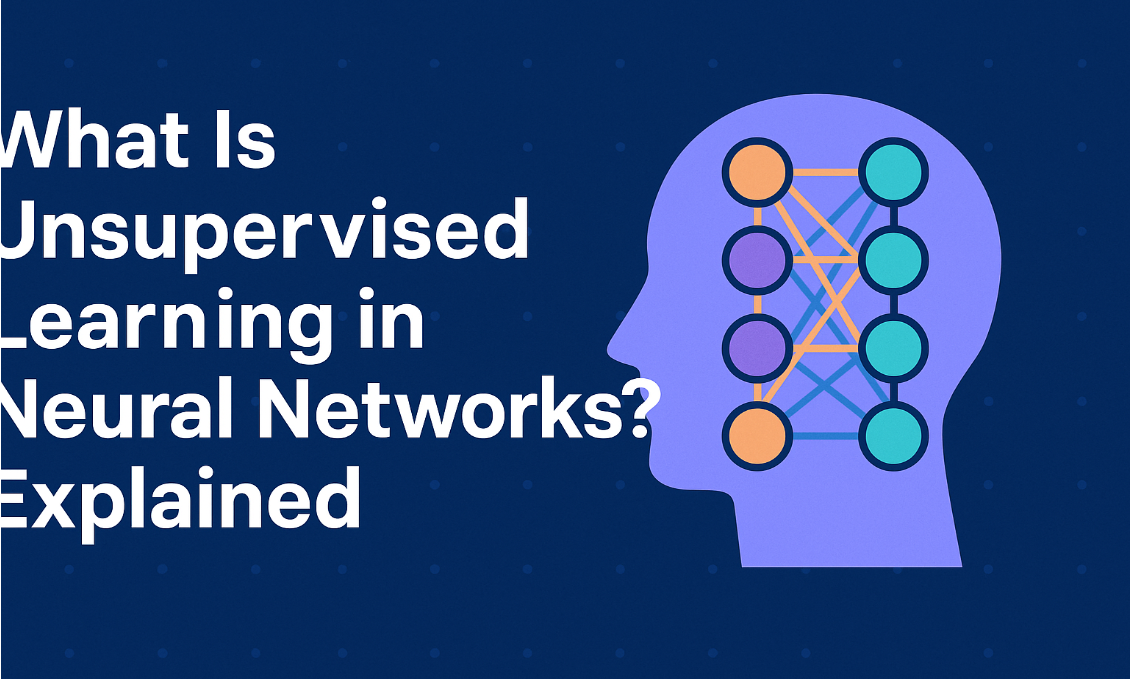
Generations of Operating Systems
Introduction
The evolution of operating systems (OS) has played a crucial role in shaping modern computing. Over the decades, operating systems have gone through various generations, each marked by significant advancements in technology and functionality. Understanding these generations helps in comprehending how computers have evolved from simple batch-processing systems to today’s sophisticated multi-user, networked, and cloud-based systems.
Table of Contents
Third Generation (1960s-1970s): Multiprogramming and Time-Sharing
Fourth Generation (1980s-Present): Personal Computers and Networked Systems
Fifth Generation (Present and Future): Cloud Computing and AI Integration
First Generation (1940s-1950s): Early Mechanical Systems
No operating system; computers were manually operated.
Used vacuum tubes and punch cards.
Example: ENIAC, UNIVAC.
Second Generation (1950s-1960s): Batch Processing Systems
Introduction of batch processing where jobs were processed in batches.
No direct user interaction.
Example: IBM 1401, UNIVAC II.
Third Generation (1960s-1970s): Multiprogramming and Time-Sharing
Introduction of multiprogramming, where multiple jobs could run concurrently.
Time-sharing enabled multiple users to interact with a system.
Example: UNIX, IBM OS/360.
Fourth Generation (1980s-Present): Personal Computers and Networked Systems
Introduction of GUI-based operating systems.
Networking capabilities and multi-tasking.
Example: Windows, macOS, Linux.
Fifth Generation (Present and Future): Cloud Computing and AI Integration
Cloud-based operating systems.
Integration with AI for automation.
Example: Google Chrome OS, AI-driven OS.
Advantages and Disadvantages of Each Generation
Advantages
Improved efficiency.
User-friendly interfaces.
Increased security features.
Disadvantages
High hardware requirements.
Vulnerability to cyber threats.
Comparison Between Different Generations
| Generation | Features |
|---|---|
| First | No OS, manual operation |
| Second | Batch processing |
| Third | Multiprogramming, time-sharing |
| Fourth | GUI, multi-tasking, networking |
| Fifth | Cloud computing, AI integration |
Courses on Operating System Evolution
"Operating System Fundamentals" (Coursera)
"History of Computing" (MIT OpenCourseWare)
Real-World Problem Solving Using OS Generations
Example: A business shifting from traditional OS to cloud-based OS for scalability and cost efficiency.
FAQs
What is the main purpose of an OS?
To manage computer hardware and software resources.
Which OS is best for cloud computing?
Google Chrome OS and Linux-based cloud servers.
Conclusion
Operating systems have evolved significantly, shaping the future of computing. Understanding their generations provides insights into technological advancements and future trends.
Call-to-Action
Like and share this post if you found it helpful!
Subscribe to our newsletter for more tech insights.








